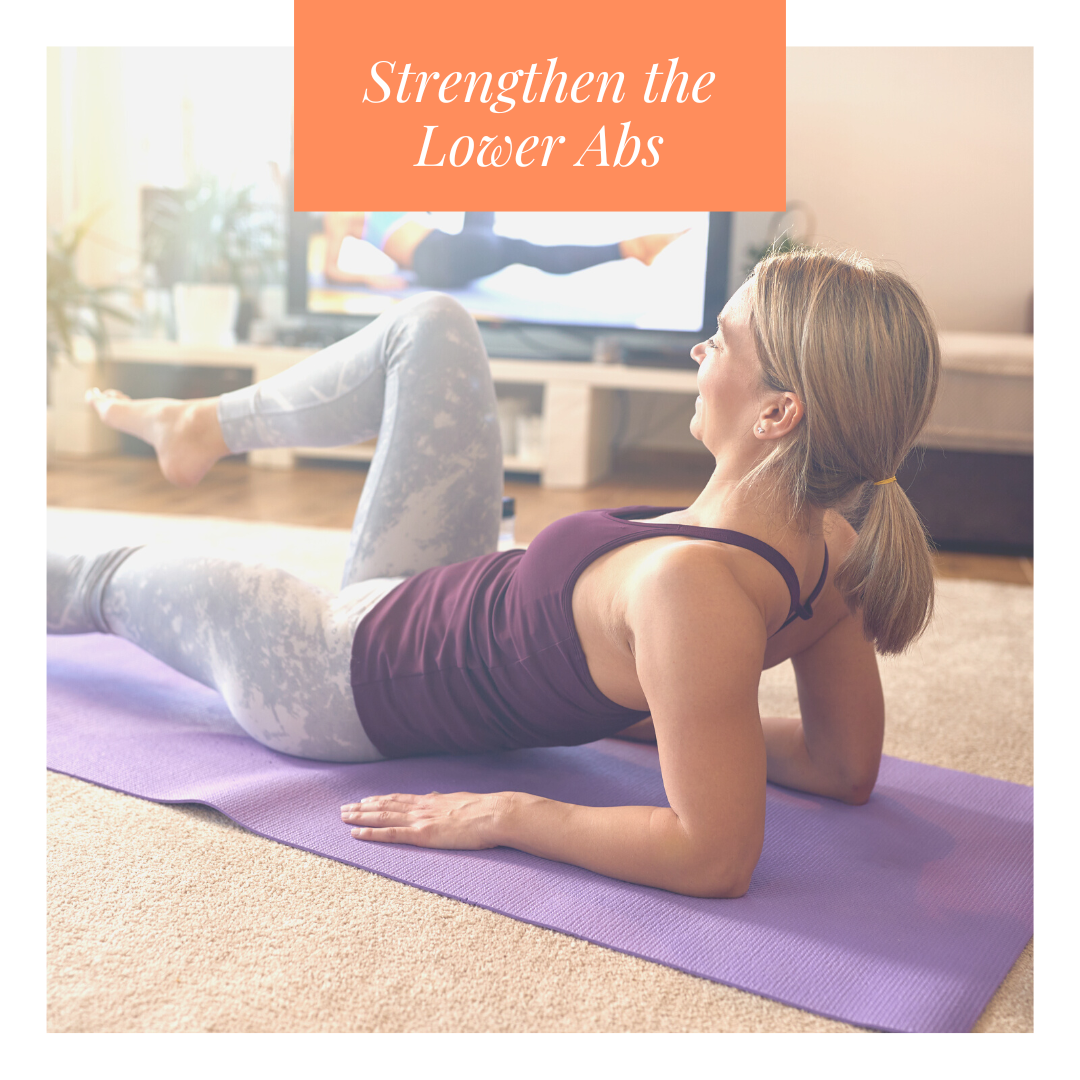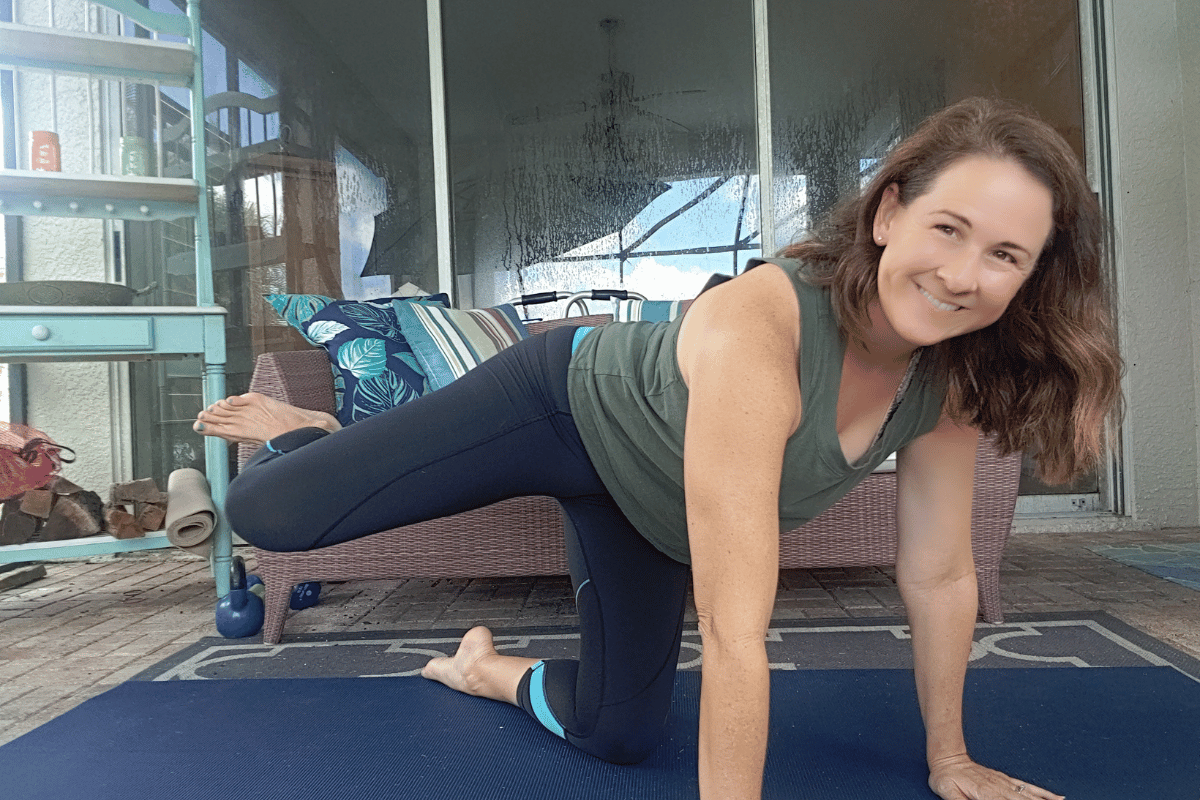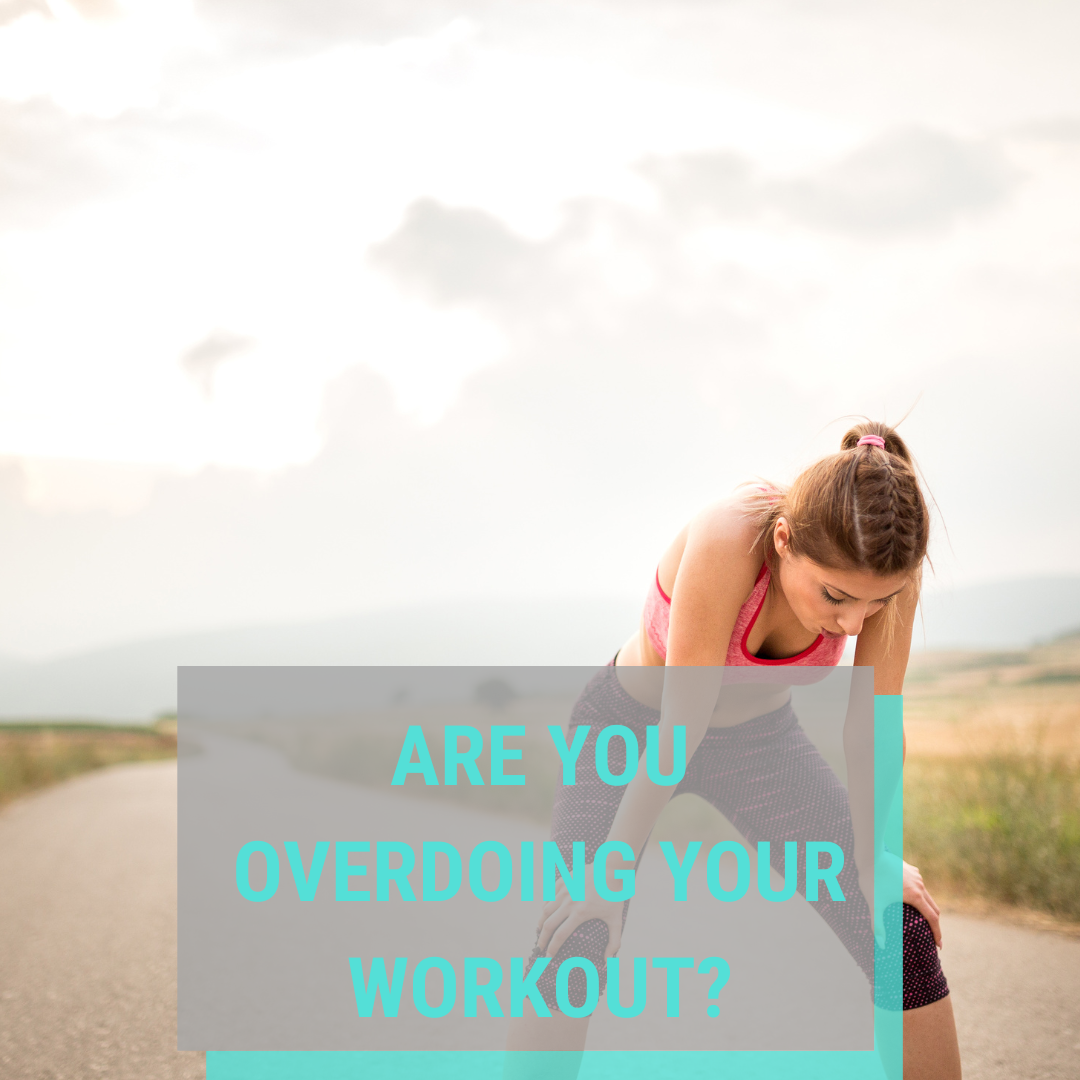Sit to Stand Exercise and Benefits of Sitting on the Floor
Are you having difficulty with the sit to stand exercise? Do you want to learn how to get better at this movement?

What is the Sit to Stand Exercise from the floor
The sit-to-stand exercise is a physical performance test that measures an individual’s lower body strength and mobility. It is commonly used to assess longevity and mobility for older adults and those of us in midlife to identify balance, muscle coordination, flexibility, and strength issues. Older adults will practice this movement from a sturdy chair. (If this is you, I would encourage you to look into an exercise program I helped create for the Stabilizer-at Stabilized Steps. This program offers chair exercises with an assisted stabilizer to help you build strength.) Midlife adults tend to practice this movement with low chairs or all the way to the floor.
During the test, you will start in a standing position and then move to the floor, ending with your bottom on the floor, in a sitting position. You then will stand back up. The goal is not to use your hands, elbows, or knees to help you down or up off the floor. Each time you use a hand or knee for help, you will lose a point. This is a functional exercise to assess your muscle strength, joint mobility, risk of falls, and it is a significant predictor of mortality.
Overview of the Exercise Instructions:
- You will start with 5 points, stand on the floor with both feet facing forward.
- Lower to the floor by bending your knees, trying to drop into a low squat or crossed leg position. If you aren’t able to do this, you will either bring a knee or a hand to the floor to help you get down.
- If you use a hand or knee, subtract a point from the 5 points. One hand down (-1 point), one hand and one knee down (-2 points).
- Once down on the floor, sit with your bottom on the floor and try to get back up without using your hands or knees. The easiest way to do this is by crossing legs in front and using leg and core strength to get back up.
- If you use a hand or knee to help you back up, subtract a point for each one, the same as #3.
Want to be able to get down and up off the floor with ease
A great way to increase your ability to do the sit-to-stand exercise is to sit on the floor daily. This will allow your hips to move through a fuller range of motion and can make a huge difference in hip health. The more you do this in everyday life, the better and younger you will feel. In the beginning, it is ok to use your hands and knees to get down and up off the floor. Just make sure you get down there a few times each day to make the movement less difficult. Once you make this a part of your daily activities, you will begin to increase leg strength and they will be able to support you through the movement better. Then you can work on your Hip and Ankle Mobility and core strength to get up and down without using your hands.
The sit-to-stand test is a simple, low-impact exercise to assess an individual’s physical performance. It can be used to monitor changes in functional capacity over time, identify muscle weakness, and identify individuals who may benefit from targeted interventions to improve both strength and mobility. If you want to improve at this basic exercise, you need to practice sitting on the floor more.
If you want to get more mobile and be able to sit all the way on the floor and stand up you will want to focus on your mobility. Check out our Move Better Bundle where we work through things like the sit to stand and more.

It’s time to move better
Sit on the floor to help with Sit to Stand Exercise
Most of us sit in a 90-degree (chair or sofa) position daily which makes for hips that get tight and lack movement. Our hips are designed to move through various positions throughout the day. Yet in our modern culture we aren’t taking advantage of all of the ways our hips are able to move. If you want to keep your hips young and healthy or want to get better at sit to stand, you’ve got to sit on the floor. You can also begin to move those hips in more than just the 90-degree seated position to help.
Dangers of sitting in a chair:
You probably have heard that sitting is the new smoking, this is because many of us are sitting for extended periods of time. When you tend to sit on a chair, couch, or even in your bed you tend to not really move much and many of us are sitting for at least 6-8 hours a day. This can cause:
- high blood pressure
- heart disease
- insulin resistance
- Type 2 diabetes
- abdominal obesity
- increased risk of many cancers
- decreased longevity
Tips for sitting on the floor more:
Our bodies are designed to move, and this doesn’t mean you need to always stand or walk. The goal is to start changing your positions more often throughout the day, and when we sit in a chair (because of the comfort level), we can sit for long periods of time without changing our position much at all.
If you start practicing sitting on the floor, you will notice that you move much more often. It’s not as comfortable to sit on the floor, and your body will begin to respond with numbness or pain, which will require you to change positions. Here are a few ways to work through sitting on the floor.
Different ways to sit on the floor:
- cross legged
- 90 90 degree position
- straddle
- one leg bent, one leg straight (make sure to do on both sides)
- straight leg in front
- sit on knees (don’t let feet fall out to sides)
Watch the video for more tips for sitting on the floor
Benefits of sitting on the floor:
- More mobility within the hips
- Eating on the floor, improves digestion, as it creates a rocking motion which provides more abdominal muscles working and helps to secrete more juices into the stomach for digestion
- Sitting cross legged, calms the mind, putting pressure on the lower part of the spine which facilitates relaxation
If you are struggling to sit on the floor and tend to sit a lot at a desk or in a chair most of the day then grab our guide on some of my favorite stretches (below) and then leave a comment letting us know what questions you have about sitting on the floor.






